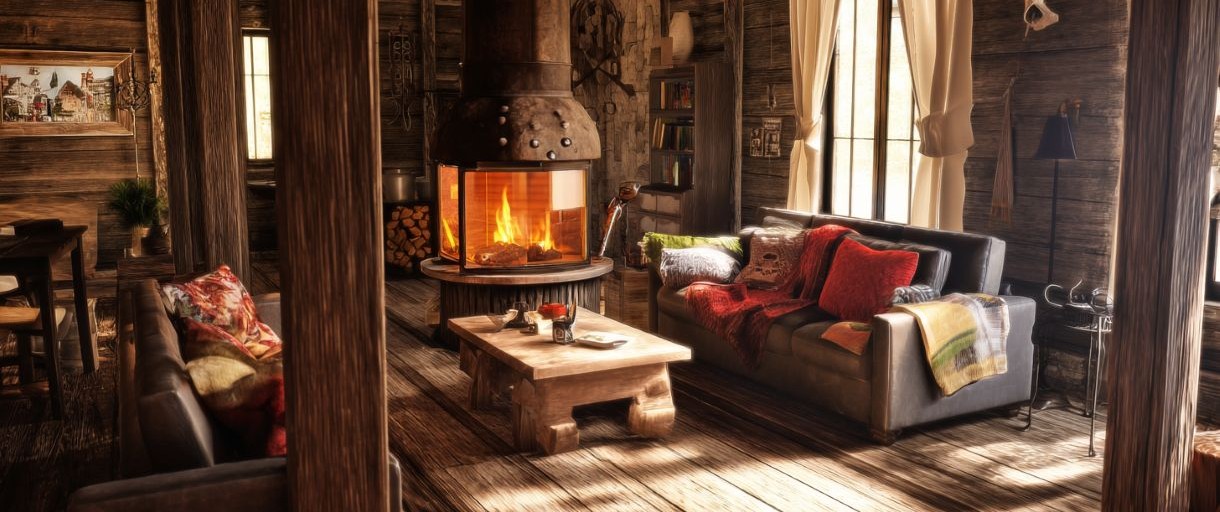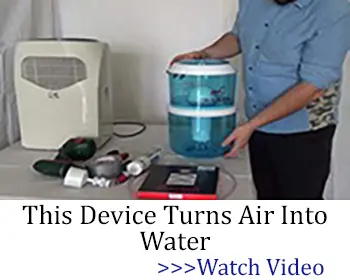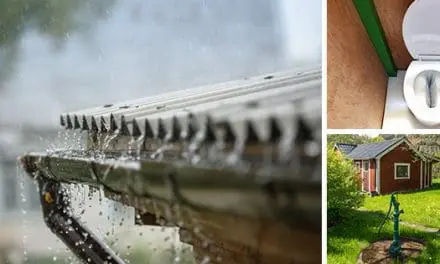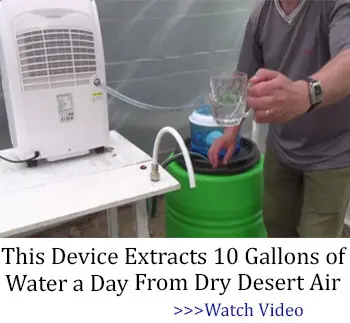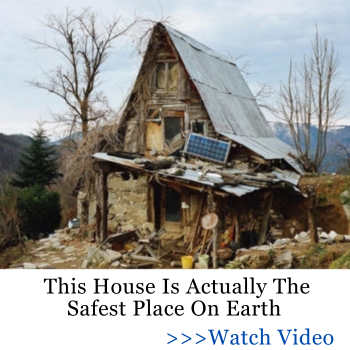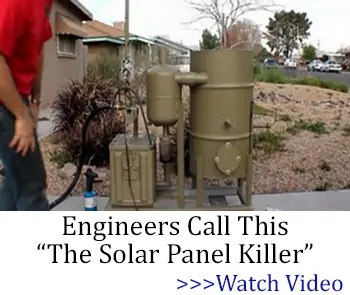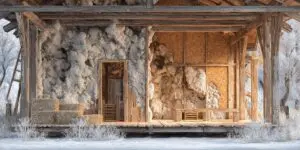When the power’s out and the temperature’s dropping, what keeps you warm? An indoor propane heater can be the difference between shivering and surviving. But not all units are made the same—and using the wrong one can be dangerous. Here’s what you need to know—and what gear you can trust.
Propane is one of the most efficient fuels for off-grid heating. It stores easily, lasts a long time, and doesn’t degrade like gasoline. But when you bring it indoors, you’re playing with a different rulebook. Safety becomes critical, and knowing your heater’s specs is the line between smart prepping and a fatal mistake.
This article will walk you through the reality of using propane heaters indoors, the models that actually work, and the alternatives that might be safer for your setup. Whether you’re outfitting a cabin, prepping for blackouts, or just trying to stay ahead of the next grid failure, this is intel you can use.
Can You Use a Propane Heater Indoors?
Yes… if it’s specifically designed for indoor use. There’s a big difference between a portable camping heater and a properly rated indoor propane unit. The safe ones include oxygen depletion sensors (ODS), automatic shutoffs, and low emission output. If your heater doesn’t have these features, you have no business lighting it inside your home.
You can’t treat this like a backyard firepit. A propane heater indoors burns oxygen and creates carbon monoxide—a silent killer. Every year, people die because they didn’t ventilate or they assumed “it won’t happen to me.” You’re not invincible. Crack a window, use a CO detector, and follow the manual like your life depends on it.
Just because it’s cold doesn’t mean you throw safety out the window. Every heater should be labeled for indoor use, and even then, monitor it constantly. Never sleep with it running. Never leave it unattended. And if your CO detector even chirps, shut it down and get out. This isn’t paranoia—it’s the cost of survival.
Using Propane Heaters Indoors: What You Must Do
Start with the basics: placement, ventilation, and fuel. Your propane heater needs to be far from anything flammable, in a space where air circulates. Yes, you lose some heat by cracking a window, but you’d lose a lot more if you pass out from carbon monoxide and never wake up.
CO detectors are non-negotiable. Put them near the heater and near where you sleep. Battery-powered models are best in off-grid setups. Don’t assume you’ll smell or notice a problem—you won’t. CO is odorless, invisible, and lethal. The only warning you get is from the tech you installed.
Know your fuel source. One-pound propane cylinders are typically safe for indoor use, while 20-pound tanks should stay outside with a hose running in—if your heater supports it. Always check connections for leaks before lighting up. A spray bottle with soapy water can reveal bubbles where gas escapes. No bubbles, no problem. But always check.
Best Indoor Propane Heaters
Reznor UDXC‑30 Ceiling-Mounted Heater
The Reznor UDXC‑30 is a serious, garage-grade ceiling heater that delivers 30,000 BTU of warmth with 82–83% thermal efficiency, making it ideal for residential garages, workshops, and small warehouses. Its standout feature is separated combustion capability; you can field-convert it so it draws fresh air from outside—crucial in dusty or chemical-heavy environments—while venting combustion fumes externally.
Mounted to the ceiling via a Quick-Sling or suspension points, it stays clear of tools, clutter, and curious hands while heating broadly and evenly. A vibration-isolated propeller fan runs quietly, so the noise won’t echo through your workspace. For those who want to heat a larger space without sacrificing safety or efficiency—and can handle a permanent install—this heater is a top-tier choice.
While setup isn’t plug-and-play, the long-term payoff is huge: dependable, powerful, code-compliant heat that quietly does its job. If your prep includes warming vehicles, sheltering livestock, or keeping an off-grid shop functional, the UDXC‑30 delivers professional-grade performance at home.
Mr. Heater Portable Buddy Heater (MH9BX)
The compact MH9BX Portable Buddy™ pumps out 4,000–9,000 BTU, heating up to 225 sq ft—perfect for campers, workshops, sheds, or small cabins. It runs on a standard 1-lb propane cylinder or larger tank with an adapter. The built-in Piezo ignition and swivel regulator make it fast to set up and adjust on the fly.
What makes this heater truly prepper-friendly are its safety systems: it sports both an Oxygen Depletion Sensor (ODS) and tip-over shutoff, which Reddit users confirm work reliably indoors—just keep the cylinder outside when using a hose kit. Field & Stream testers called it “tiny but mighty,” praising its ability to warm a garage in under 30 minutes.
Dependable, portable, and easy to use—even beginners can handle it. It’s a favorite for good reason: affordable, durable, and safe when used properly. If you want reliable, push-button heat during outages or chilly off-grid nights, the Portable Buddy is a smart investment.
Mr. Heater Vent-Free Propane Heater
For a more permanent setup, the Mr. Heater Vent-Free wall-mounted model is a strong contender. It doesn’t need venting and runs clean thanks to its blue-flame burner. With thermostat control, it offers more precision and home-friendly use than many portables.
This unit mounts to your wall and blends into your home far better than a clunky freestanding heater. It’s made for daily use, not just emergencies, and it puts out serious heat. If you’re trying to wean yourself off electric dependency, this is a solid step in the right direction.
Because it’s vent-free, you still need to ventilate the space and monitor air quality. But for a heater you can leave installed, with minimal fuss and maximum output, it’s hard to beat. It’s the kind of tool you install once and forget—until the lights go out, and you’re still warm.
Alternatives to Indoor Propane Heaters
Not comfortable bringing propane indoors? You’ve got options—but none are perfect. Catalytic heaters are a flameless alternative that burn fuel more slowly and cleanly. They’re safer, but still require ventilation. You can’t skip safety just because the flame is hidden.
Kerosene heaters are another route, especially for garage spaces or outbuildings. They’re cheap and hot, but they smell, they’re messier, and they’re not great for long-term indoor use. Think of them as an outdoor backup or a tool for short-term emergencies when propane isn’t an option.
Electric infrared heaters work well—if the grid is still running. They’re safe, clean, and easy to use. But when the power fails, they’re dead weight. Pellet or wood stoves provide real independence but require fuel, venting, and maintenance. They’re ideal for full-time off-grid setups but overkill for apartment dwellers or short-term outages.
Final Word
Indoor propane heaters can save your life, but only if treated as tools—not toys. Use models built for enclosed spaces, install proper safety monitors, ventilate—even just a crack matters—and only burn what’s recommended. Skip any step and you’re risking more than a chilly night.
The truth is, most people don’t prepare until it’s too late. They think their central heating will always work, or that the grid will come back in a few hours. Then a winter storm hits, and they’re wrapped in blankets, burning candles, and praying for help. That’s not a plan. That’s a failure.
Propane isn’t perfect. But it’s powerful, accessible, and with the right tools, safe. Get the right heater. Follow the rules. And next time the lights go out, you won’t be hoping for heat—you’ll already have it.
You may also like:
Do You Know What Kind Of Meat You Should Never Eat In A Crisis? (Video)
Borax Ant Killer: A Simple, Natural Way to Reclaim Your Home

